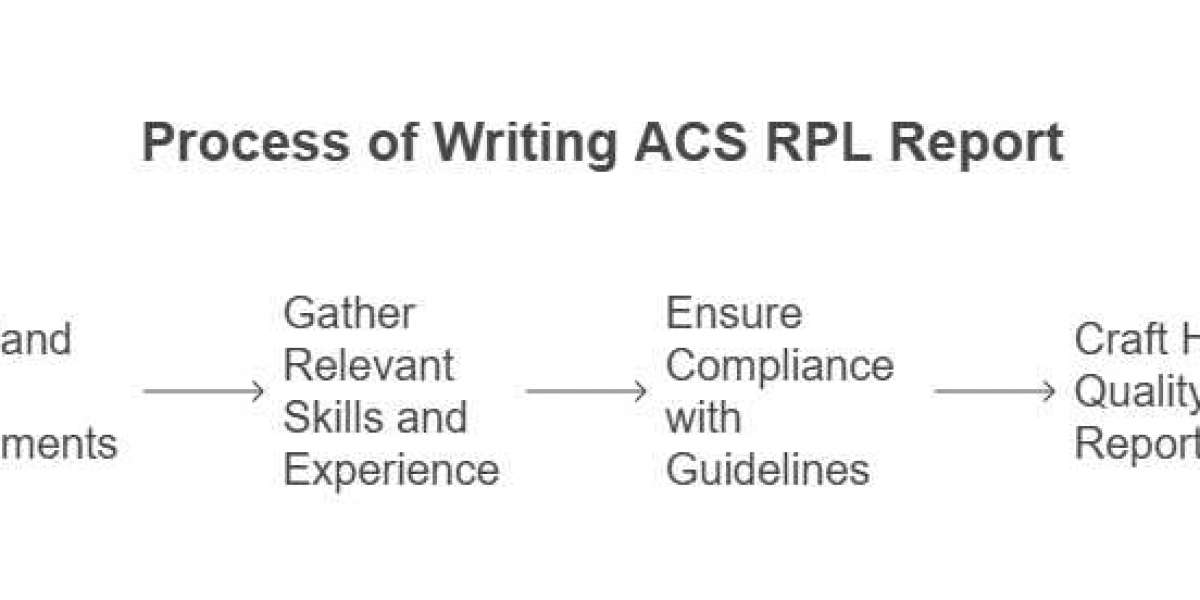If you're an ICT professional aiming to migrate to Australia, preparing an ACS RPL Australia Report is a crucial step. The Australian Computer Society (ACS) assesses applicants without formal ICT qualifications based on their skills and experience. Crafting a high-quality ACS RPL Report requires precision, technical expertise, and compliance with ACS guidelines. In this guide, we’ll walk you through how to write an ACS RPL Report on your own with 7 expert tips.
What is an ACS RPL Report?
The Recognition of Prior Learning (RPL) Report is a document required by ACS for applicants who lack formal ICT qualifications but possess sufficient industry experience. It evaluates your skills against the standards of Australian ICT qualifications.
7 Expert Tips for ACS RPL Report Writing
1. Understand ACS Guidelines
Before starting, review the official ACS guidelines to ensure you meet the eligibility criteria and understand the assessment requirements. ACS provides specific rules on how to structure your report and the competencies required.
2. Choose the Right Employment Episodes
Your RPL report should include at least two project reports demonstrating your ICT skills. Choose projects that highlight your expertise in different areas of ICT and align with the ANZSCO codes.
3. Use Clear and Concise Language
Avoid technical jargon and unnecessary complexity. ACS examiners look for clarity, relevance, and well-organized content. Use bullet points where necessary and keep your explanations straightforward.
4. Match Your Skills with ACS Key Areas
Each project must showcase how you applied ICT knowledge and skills relevant to Australian standards. Your report should address key areas such as:
- System Analysis and Design
- Network Security and Administration
- Programming and Software Development
- Database Management
5. Follow a Structured Format
A well-structured ACS RPL Report includes:
- Project Title and Duration
- Your Role and Responsibilities
- Organizational Context
- Technology Used
- Project Description
- Challenges and Problem-Solving Approaches
- Outcome and Achievements
6. Avoid Plagiarism and Use Your Own Words
ACS has a strict plagiarism policy. Copying from online samples or other sources can lead to rejection. Always write in your own words and ensure your report is 100% unique. Tools like Turnitin or Grammarly can help check for originality.
7. Proofread and Review Your Report
Before submission, review your report for grammatical errors, consistency, and compliance with ACS standards. A well-polished report increases your chances of approval.
Why Choose RPL Australia for Guidance?
If you find ACS RPL Report Writing challenging, expert consultation from RPL Australia can help. Professional RPL writers can assist in structuring your report and ensuring it meets ACS requirements, improving your chances of a successful skills assessment.
Final Thoughts
Writing an ACS RPL Report on your own is achievable if you follow the right approach. By understanding ACS guidelines, selecting strong project examples, ensuring originality, and maintaining clear formatting, you can create a compelling RPL report. If needed, professional RPL services like RPL Australia can provide expert guidance.
For more insights on ACS RPL Report Writing, stay tuned for expert tips and updates!




